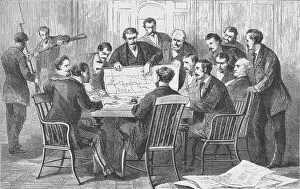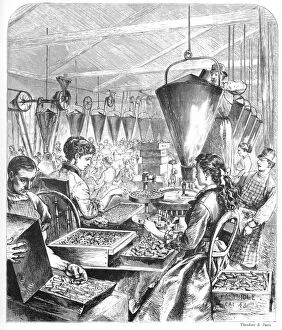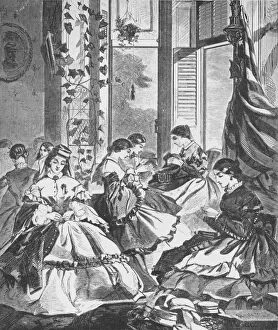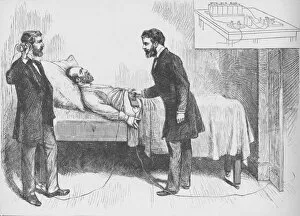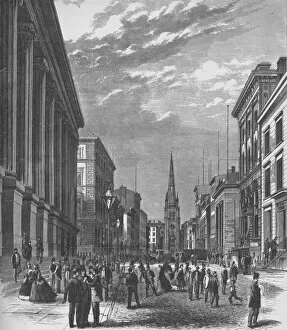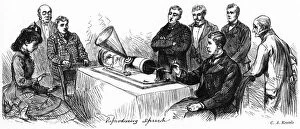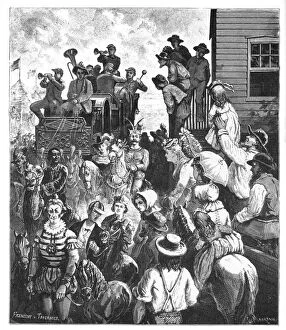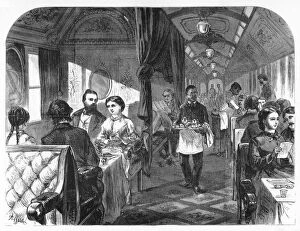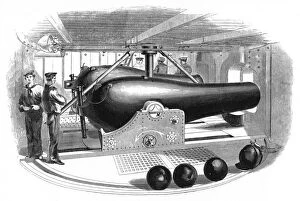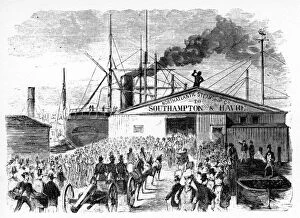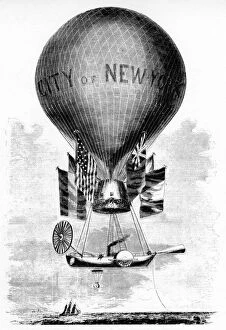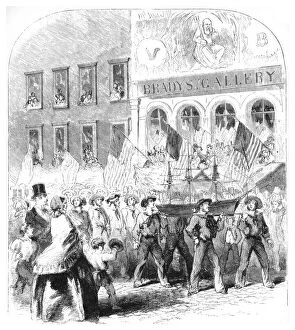Kouwenhoven Collection
"Kouwenhoven: A Glimpse into America's Turbulent Past" Step back in time and witness the pivotal moments that shaped America through the lens of Kouwenhoven
For sale as Licensed Images
Choose your image, Select your licence and Download the media
"Kouwenhoven: A Glimpse into America's Turbulent Past" Step back in time and witness the pivotal moments that shaped America through the lens of Kouwenhoven. From the Cuban insurrectionists convening at their headquarters on Rector Street and Broadway, to the haunting sight of three men and a woman hanged for Lincoln's assassination, Kouwenhoven captures history in its rawest form. Intriguingly, this collection also includes the execution of slave trader Nathaniel Gordon within the walls of New York's Tombs prison. The chilling image serves as a reminder of a dark chapter in American history when human lives were traded as commodities. Delving further into society's complexities, Kouwenhoven unveils scenes from Robert W Barnwell's opulent mansion in Beaufort, North Carolina. Here we catch a glimpse of antebellum grandeur before it was forever altered by war. The role of women during wartime is not forgotten either. Through his lens, Kouwenhoven sheds light on their contributions during times of conflict - an often overlooked aspect that deserves recognition. Political tensions are also explored as William Lloyd Garrison attempts to hold a John Brown anniversary meeting amidst controversy at Tremont Temple in Boston. These images serve as reminders that even within movements fighting for justice, differing opinions can create divisions. Transportation and leisure find their place too with depictions of coaches ferrying guests to resorts and hotels while Wall Street bustles with activity post-Civil War reconstruction. Yet perhaps one of the most poignant moments captured by Kouwenhoven is Alexander Graham Bell utilizing an electrical detector to locate a bullet lodged inside ail - showcasing how science merged with medicine during desperate times. Lastly, driven by Northern domination and desperation, white Southerners take drastic measures - illustrating how political unrest can push individuals towards extreme actions they may have never considered otherwise.

